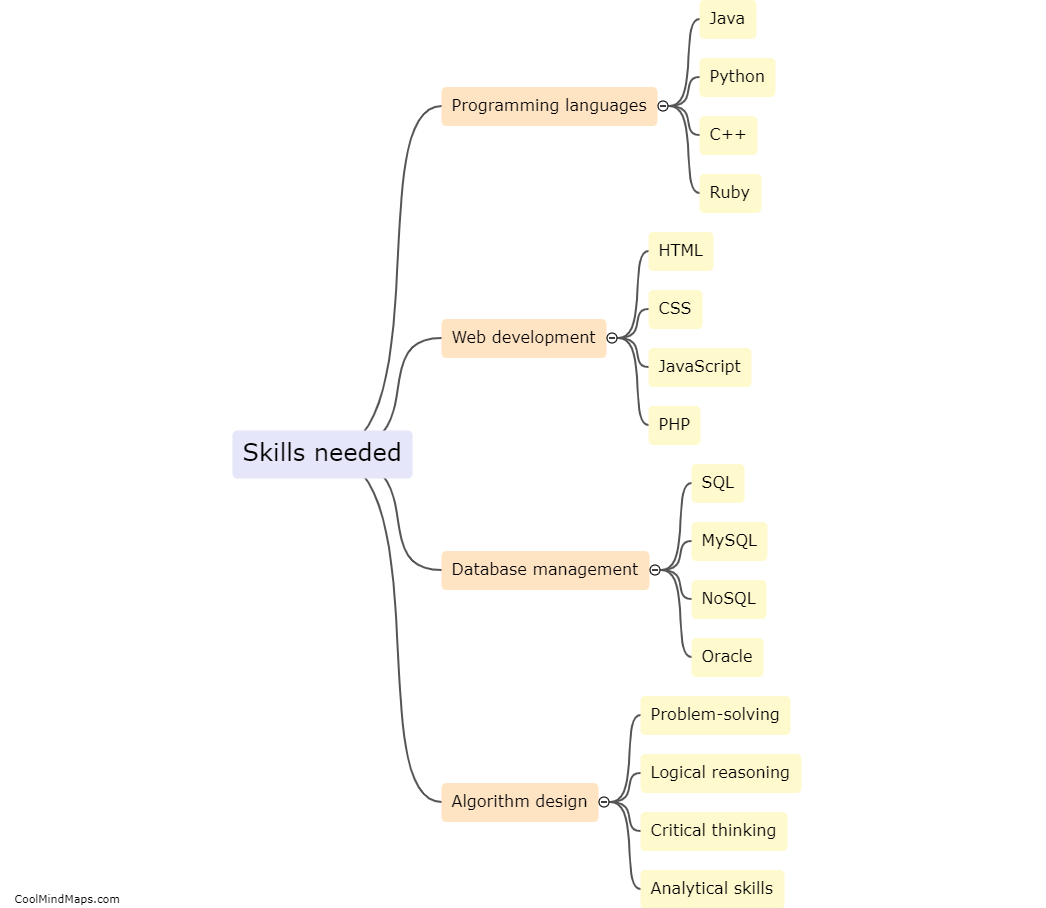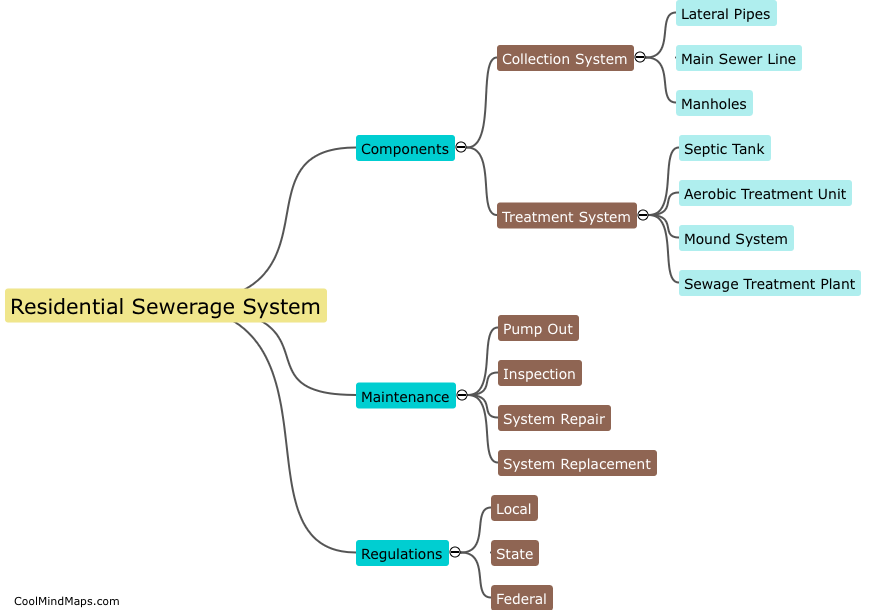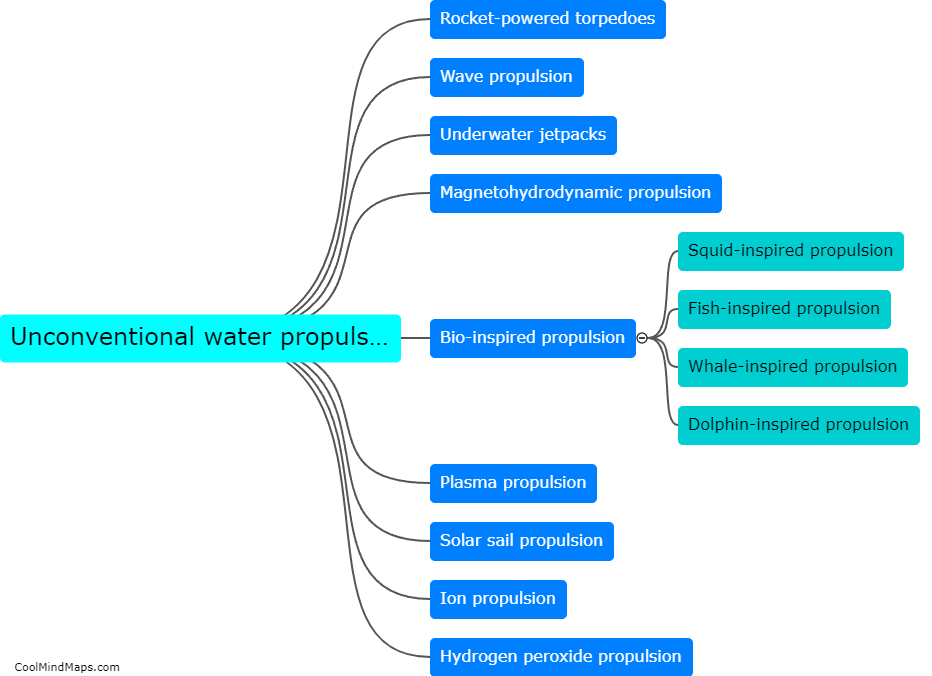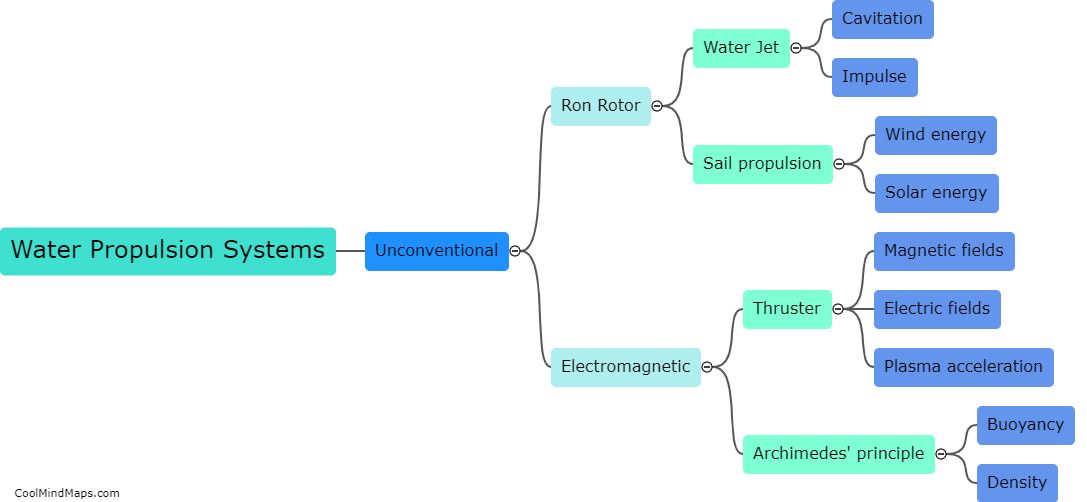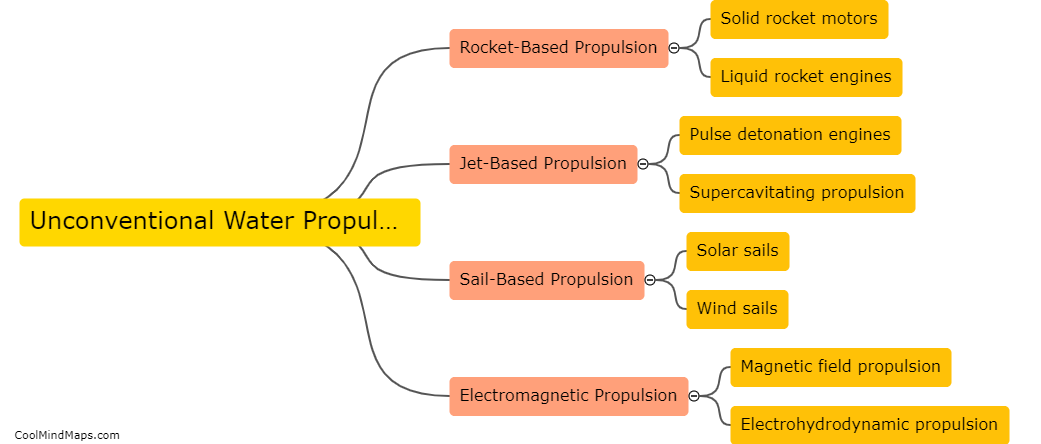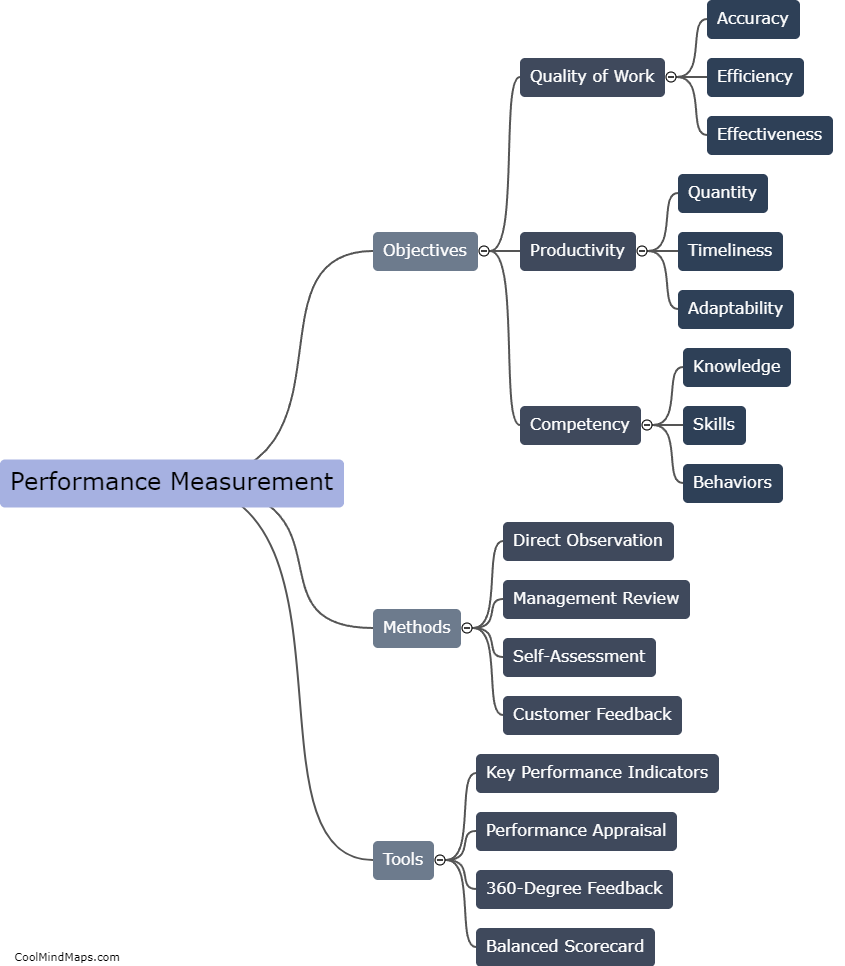What are the principles of unconventional water propulsion systems?
Unconventional water propulsion systems differ from traditional methods of propulsion, such as chemical rockets or conventional jet engines. These systems are based on innovative principles that aim to provide alternative and more efficient means of propulsion in water. Some of these principles include biomimicry, where the design and function of marine animals and plants are studied to create highly efficient propulsion systems, utilizing concepts like streamlined shapes and flexible structures. Another principle is cavitation, which exploits the formation and subsequent implosion of bubbles to generate propulsive forces. Additionally, some unconventional systems utilize electromagnetic fields, ionization, or even wave motion as means of generating thrust in water. These unconventional approaches have the potential to revolutionize underwater transportation, exploration, and other marine activities by providing more sustainable, energy-efficient, and environmentally friendly options.

This mind map was published on 16 November 2023 and has been viewed 85 times.

